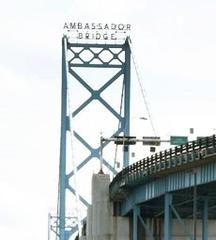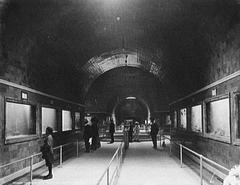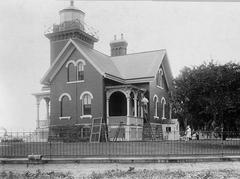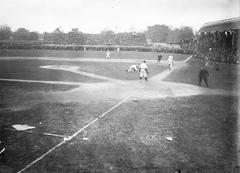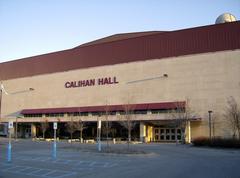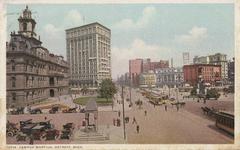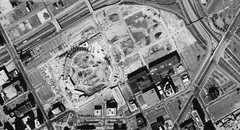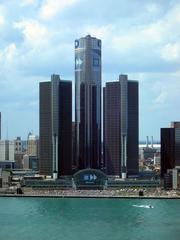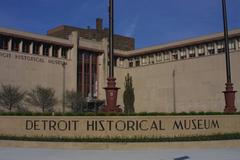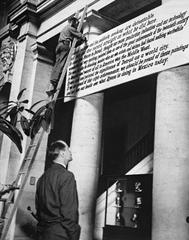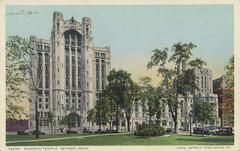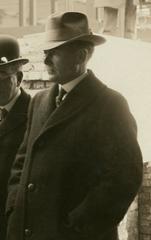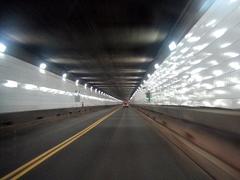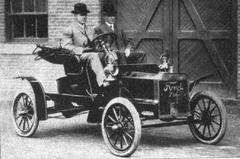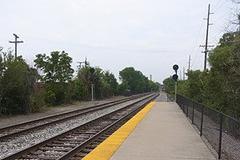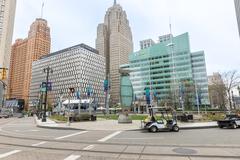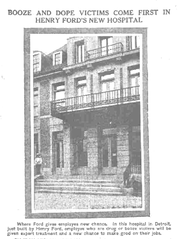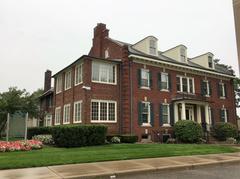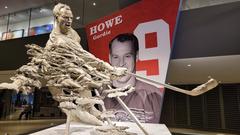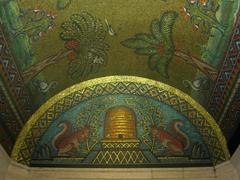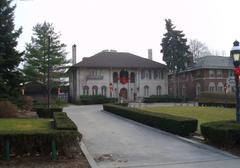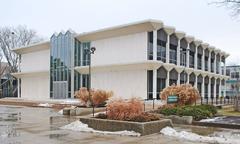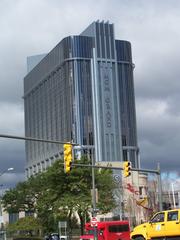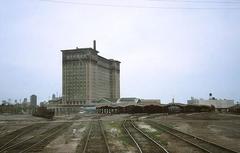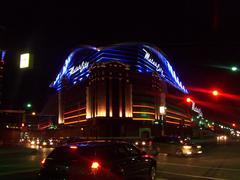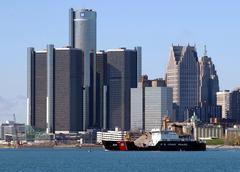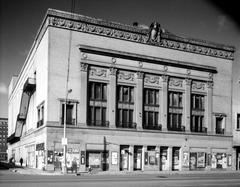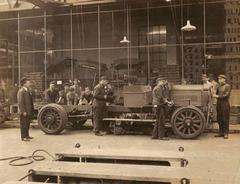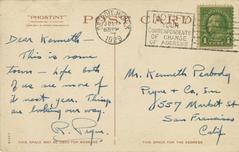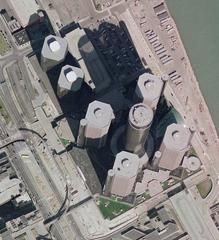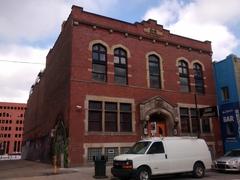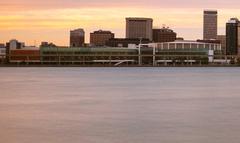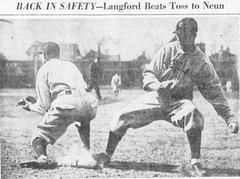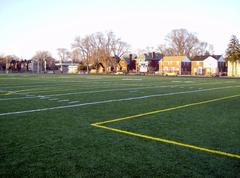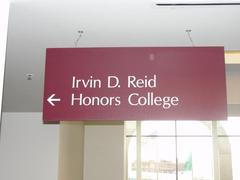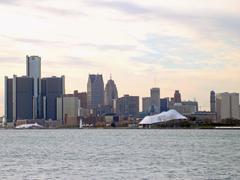
Visiting James A. Garfield School Detroit: Historical Site Guide, Tickets, Hours, and Tips
Date: 04/07/2025
Introduction
The James A. Garfield School in Detroit, Michigan, stands as a powerful symbol of the city’s commitment to public education and community resilience. Named after the 20th President of the United States, James Abram Garfield—an advocate for civil rights and education—the school reflects Detroit’s dynamic evolution and multicultural heritage. Established in the late 19th century, its dignified brick architecture and expansive windows have greeted generations of Detroiters, including Eastern European immigrants, African Americans, and Latino families.
As of 2025, the school has suffered severe damage from a recent fire, leading to its closure and restricted public access. This event has heightened the community’s awareness of the site’s historical and emotional significance. Although the interior is now inaccessible, the exterior remains a point of interest for heritage enthusiasts, especially those visiting nearby historic neighborhoods and landmarks.
This comprehensive guide will equip you with essential information about the history, current status, visiting logistics, and nearby attractions related to James A. Garfield School and the neighboring Frank H. Beard School, helping you explore Detroit’s educational and architectural legacy (Detroit Public Schools Community District, Historic Detroit, WXYZ Detroit).
Table of Contents
- Introduction
- Historical Overview
- Visitor Information
- Nearby Attractions and Travel Tips
- Frequently Asked Questions (FAQ)
- Heritage and Preservation Efforts
- Summary and Final Tips
- References
Historical Overview
Origins and Establishment
James A. Garfield School was founded in Detroit’s Southwest Side during a period of rapid industrial growth in the late 19th and early 20th centuries. Its dedication to President Garfield, an educator and proponent of civil rights, reflected the aspirations of a city experiencing dramatic demographic change (Mapcarta).
Architectural and Community Context
The building’s practical yet elegant design, marked by brick walls and large windows, typifies early 20th-century public school architecture. Its location near historic neighborhoods such as Delray and Hubbard Farms placed it at the heart of a vibrant, multicultural community. The nearby Frank H. Beard School, constructed in 1896 and later renamed, similarly exemplifies Victorian Romanesque architecture and educational ambition (Historic Detroit).
Educational Significance and Evolution
Throughout its operation, the school adapted to Detroit’s changing population and needs. It became a hub for academic excellence and civic engagement, offering both traditional and extracurricular programs that fostered leadership and unity among students from diverse backgrounds.
Community Role and Preservation
Beyond education, Garfield School served as a gathering place for cultural celebrations, meetings, and adult learning. Its presence reinforced neighborhood identity through periods of challenge and change. Although not on the National Register, its local importance is recognized by historians and residents alike (NPS.gov).
Visitor Information
Current Status: Visiting Hours, Tickets, and Safety
As of July 2025, James A. Garfield School is closed to the public due to severe fire damage. The building has been deemed structurally unsafe, and all access—including tours and interior visits—is strictly prohibited. Visitors can view the exterior from public sidewalks during daylight hours but must respect all safety barriers and instructions from local authorities (WXYZ Detroit).
- Tickets: No tickets are required or available.
- Visiting Hours: Exterior viewing only, during daylight hours.
- Safety: Do not cross safety barriers or trespass on the property.
Accessibility and Amenities
Public sidewalks provide exterior access for most visitors, though interior accessibility is not possible. Street parking is available, but check local signage. The neighborhood is served by public transportation, though schedules may be limited.
Special Events and Photography
No events or guided tours are currently offered at the site. Exterior photography is permitted from public rights-of-way; the building’s historic façade and neighborhood context are of particular interest to photographers.
Nearby Attractions and Travel Tips
While the Garfield and Beard School buildings are closed, Southwest Detroit offers rich opportunities for heritage tourism:
- Fort Wayne: A Civil War-era fort with events and tours (Fort Wayne National Historic Landmark).
- Detroit Institute of Arts: A nationally recognized art museum.
- Detroit Public Library: A historic building with extensive collections.
- West Vernor–Springwells Historic District: Explore early 20th-century Detroit architecture (Historic Detroit).
- Local Dining: Enjoy diverse culinary options in the surrounding neighborhoods.
Travel Tips:
- Use public transportation or rideshare due to limited parking.
- Wear comfortable shoes, as the area is walkable but urban.
- Visit during daylight for safety and optimal photography.
Frequently Asked Questions (FAQ)
Q: Can I visit the interior of James A. Garfield School?
A: No. The school is closed indefinitely due to fire damage and safety concerns.
Q: Are tickets required to visit?
A: No tickets are available or required for exterior viewing; the site is not open for interior visits.
Q: Is the site accessible for individuals with disabilities?
A: The exterior is accessible via public sidewalks.
Q: Are there any guided tours or events?
A: No current events or tours are scheduled.
Q: What other historic sites are nearby?
A: Consider Fort Wayne, the Detroit Institute of Arts, and West Vernor–Springwells Historic District.
Q: How can I stay informed about restoration or reopening?
A: Follow local news and city government announcements (WXYZ Detroit).
Heritage and Preservation Efforts
Preservationists are currently assessing the feasibility of stabilizing or restoring the Garfield School. Its status as a local historic site underscores its importance, though future plans remain uncertain. The Frank H. Beard School, also recognized for its Victorian Romanesque architecture, similarly stands as a testament to Detroit’s commitment to educational and civic architecture (detroit1701.org).
Summary and Final Tips
James A. Garfield and Frank H. Beard Schools together narrate Detroit’s dedication to educational progress and architectural excellence. Though fire and vacancy have made these buildings inaccessible, their exteriors remain poignant reminders of the city’s heritage. Visitors can enrich their experience by exploring nearby historic districts, museums, and landmarks, and by staying engaged with preservation efforts.
To maximize your visit:
- Respect current access limitations and safety barriers.
- Combine your trip with tours of accessible historic sites.
- Use the Audiala app for updated guides, notifications, and heritage resources.
By honoring the past and supporting preservation, visitors contribute to Detroit’s ongoing narrative of resilience and renewal (WXYZ Detroit, Historic Detroit, Detroit Public Schools Community District).
References
- Mapcarta – James A. Garfield School
- Historic Detroit – Frank H. Beard School
- WXYZ Detroit – Fire Coverage
- Detroit1701 – Beard School History
- Visit Detroit – Visitor Information
- Fort Wayne National Historic Landmark
Image suggestions: High-quality photos of the Garfield and Beard School exteriors with alt text, interactive maps, and galleries of nearby landmarks enhance visitor engagement and SEO.
For up-to-date guides, restoration news, and Detroit heritage content, download the Audiala app and follow us on social media.

